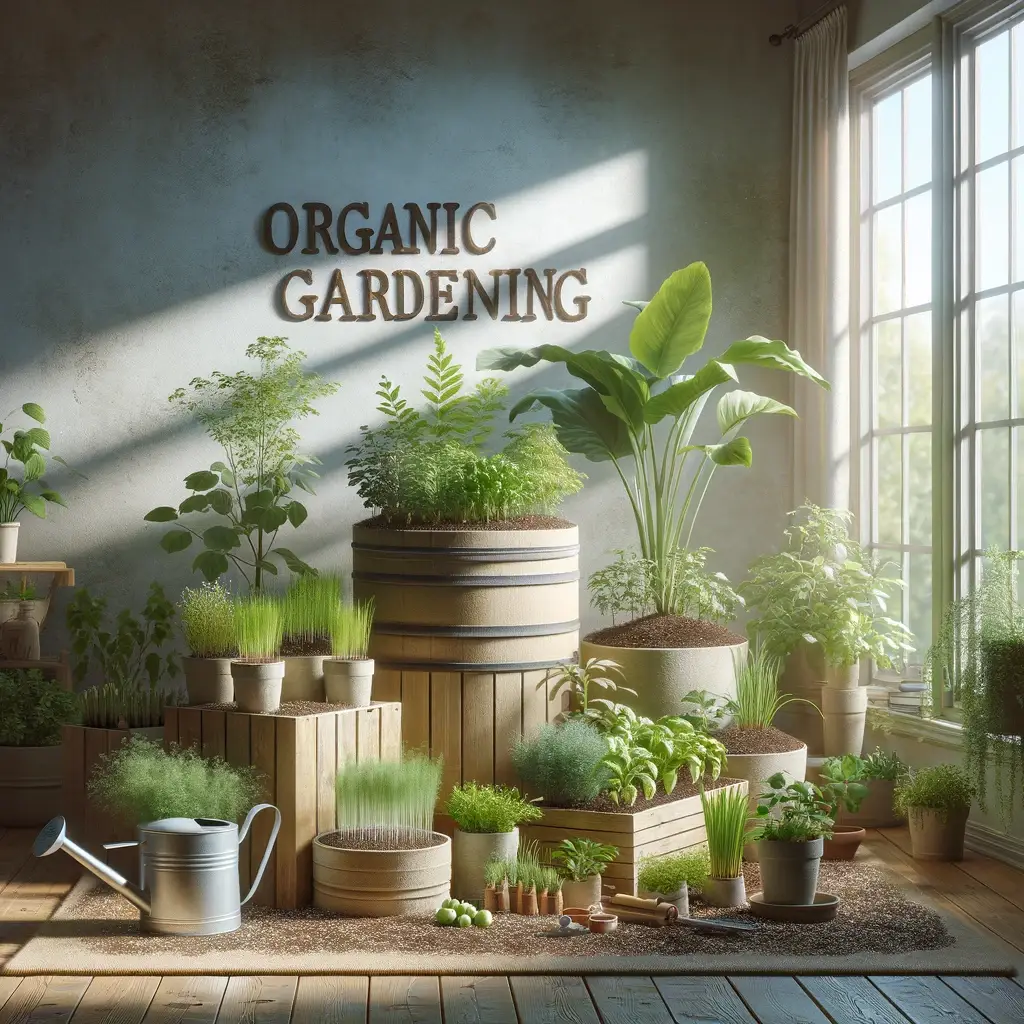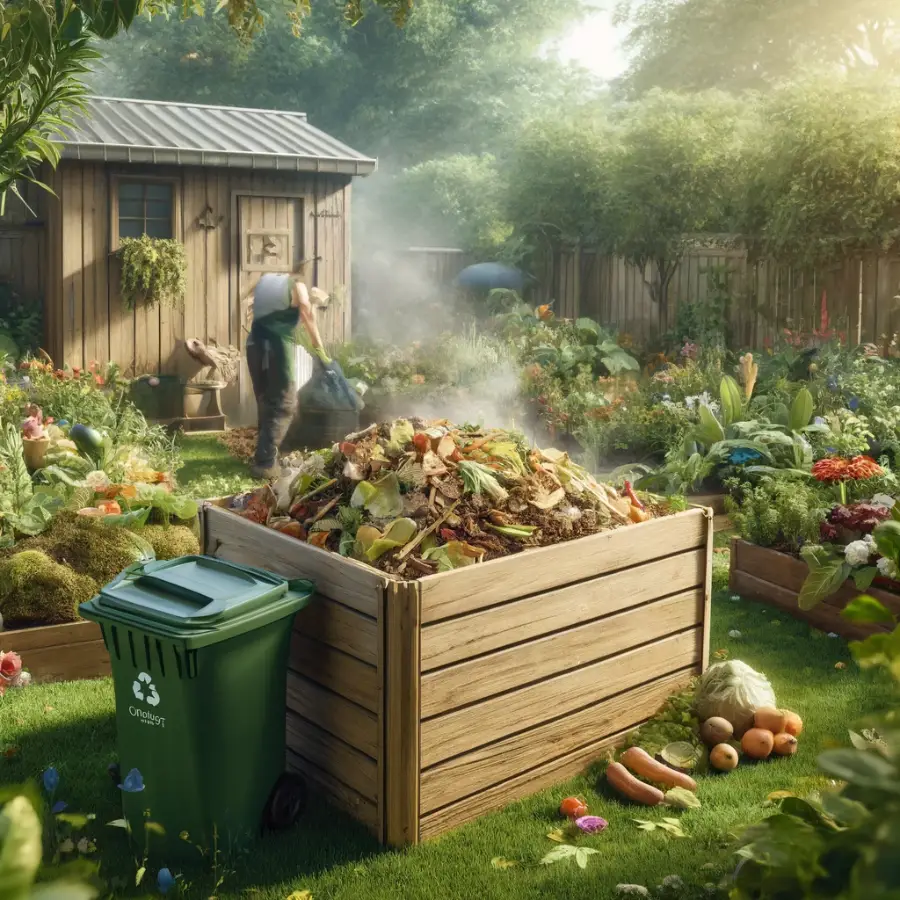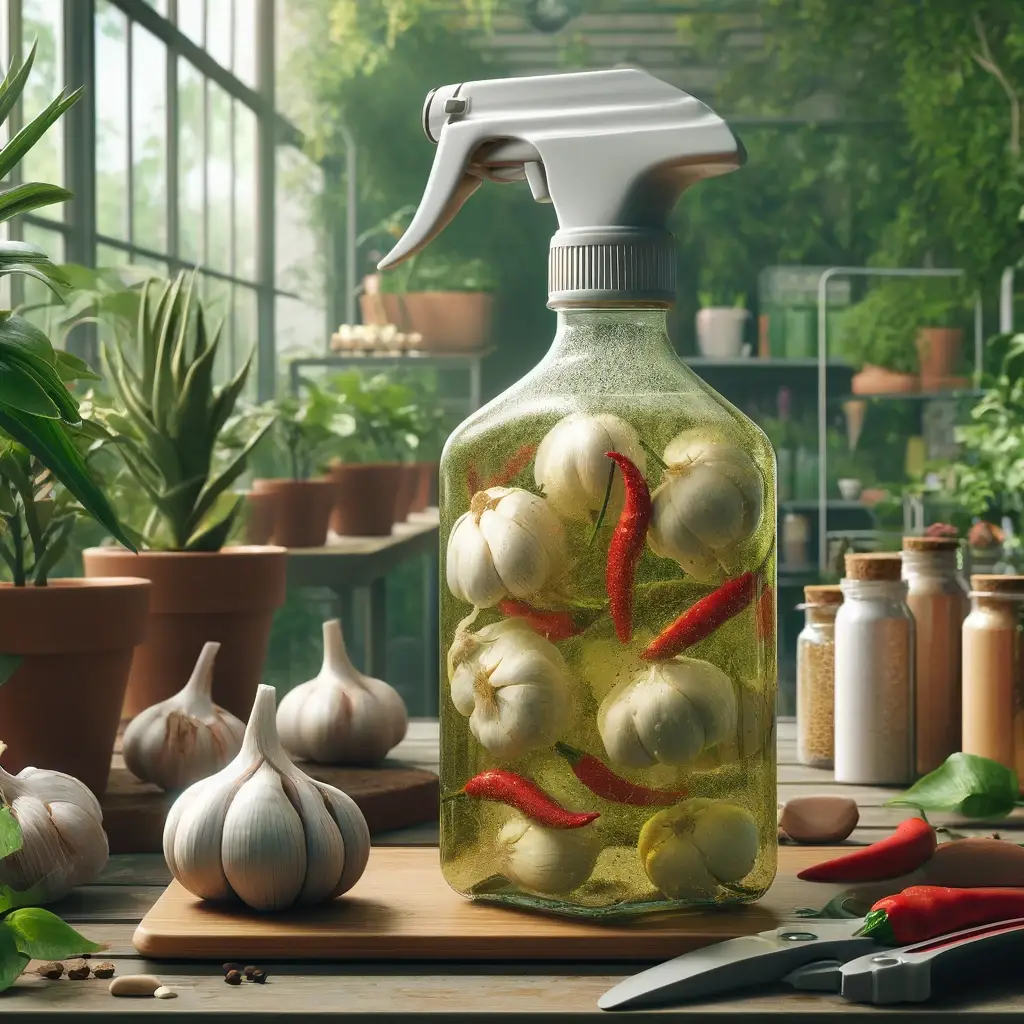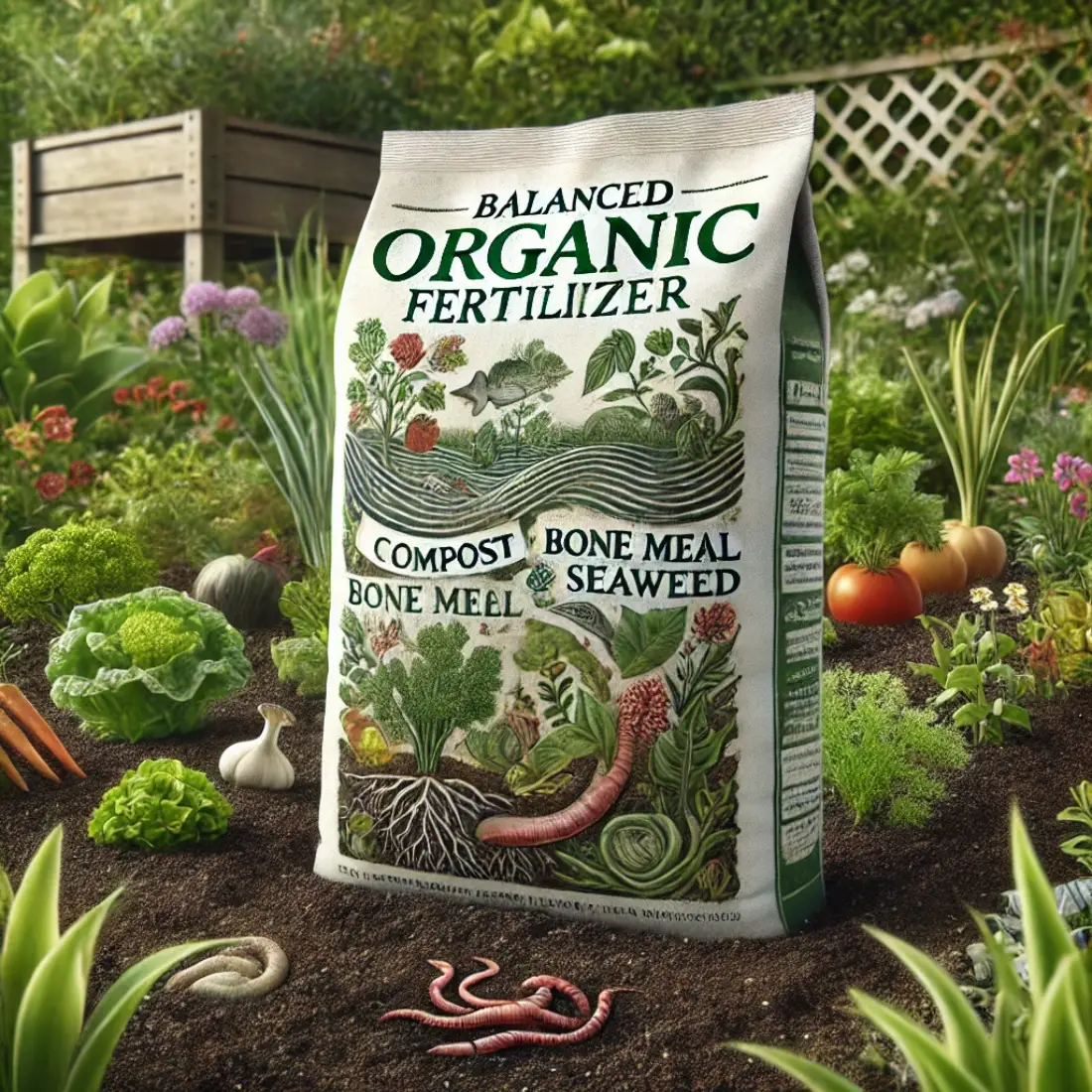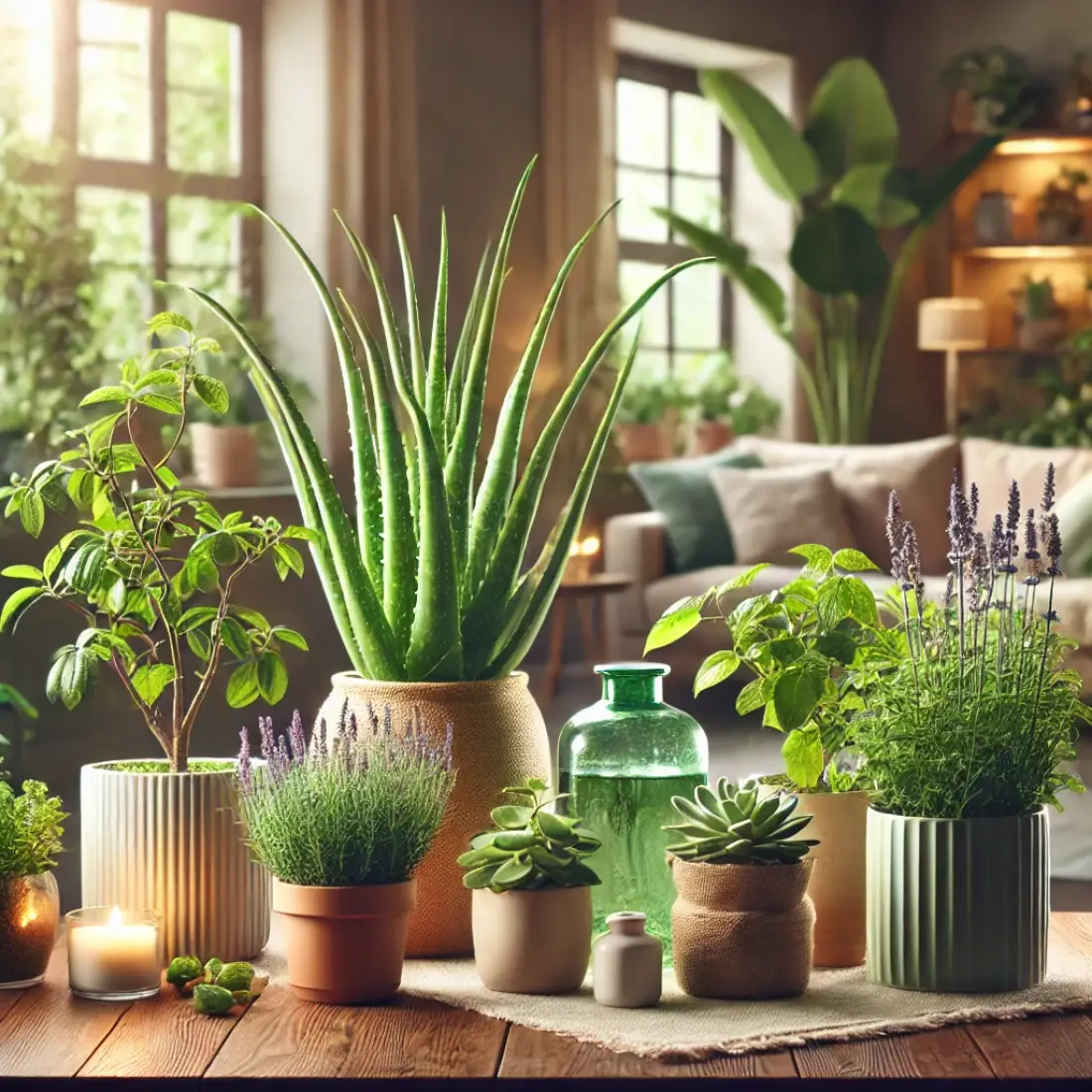Organic gardening is a method of growing plants without the use of synthetic chemicals. This practice relies on natural processes and materials to maintain soil fertility and control pests.
The primary principles of organic gardening include maintaining soil health, promoting biodiversity, and minimizing the use of non-renewable resources. By adopting organic indoor gardening methods, beginners can grow healthy plants that are free from harmful pesticides and synthetic fertilizers, ensuring a safer and more sustainable environment.
Essential Tools and Supplies
Starting your indoor garden requires some basic tools and supplies. Here’s a list to get you started:
- Organic Soil and Fertilizers: Choose high-quality organic potting soil and natural fertilizers like compost, worm castings, and fish emulsion. These provide essential nutrients without harmful chemicals.
- Containers and Pots: Select containers that provide good drainage and are appropriate for the size of your plants. Fabric pots, terracotta pots, and plastic containers are all good options.
- Basic Tools: Essential tools include a trowel, pruning shears, watering can, and spray bottle. These tools will help you manage your plants effectively.
- Grow Lights: Depending on the natural light available, you might need grow lights to supplement the lighting requirements of your plants.
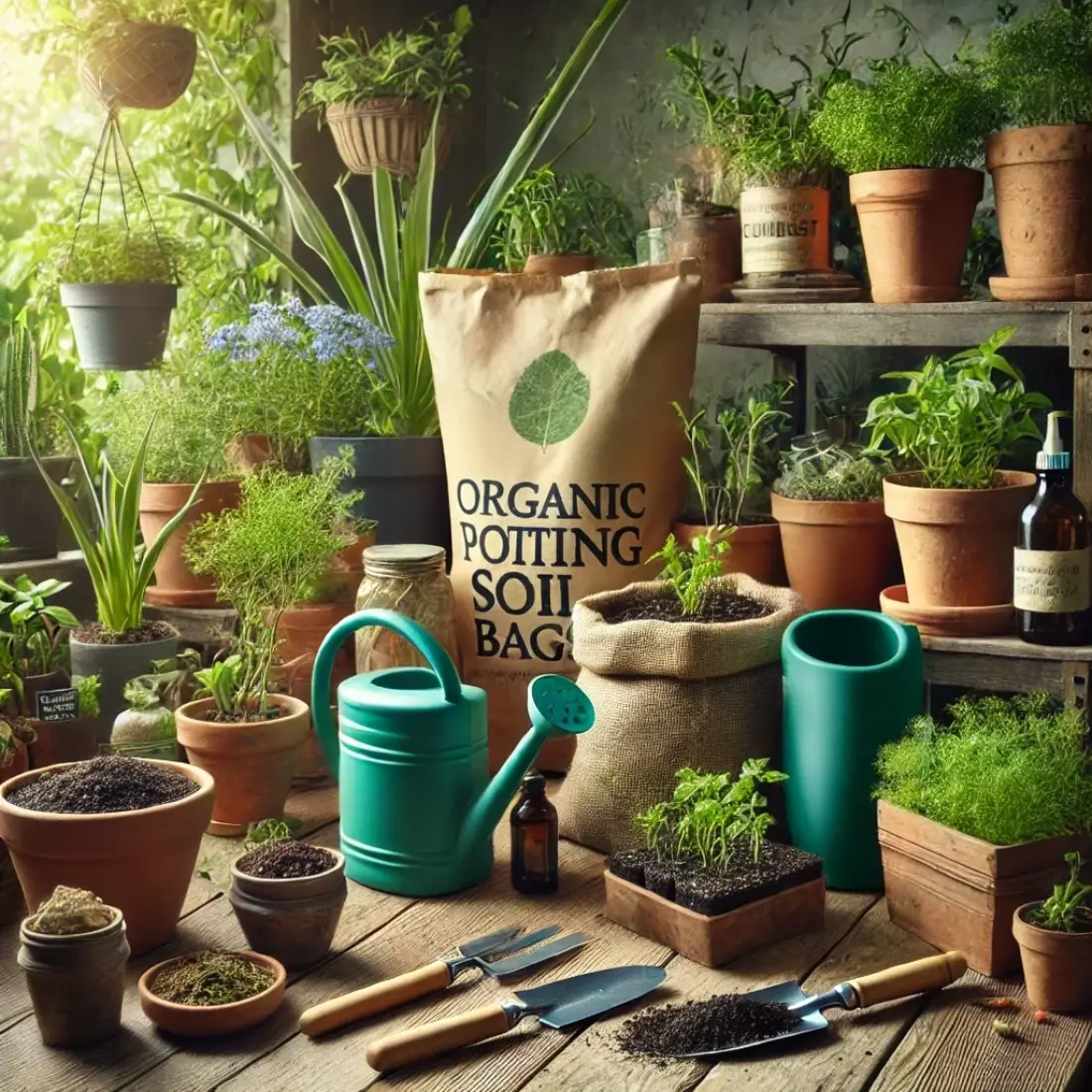
Choosing the Right Plants for Indoor Gardening
Selecting the right plants is crucial for a successful indoor garden. Here are some great options for beginners:
- Herbs: Basil, parsley, mint, and chives are easy to grow and require minimal space.
- Leafy Greens: Lettuce, spinach, and kale grow well indoors and provide a continuous harvest.
- Small Fruits: Cherry tomatoes and strawberries can thrive indoors with adequate light.
- Root Vegetables: Radishes and carrots can be grown in deeper pots.
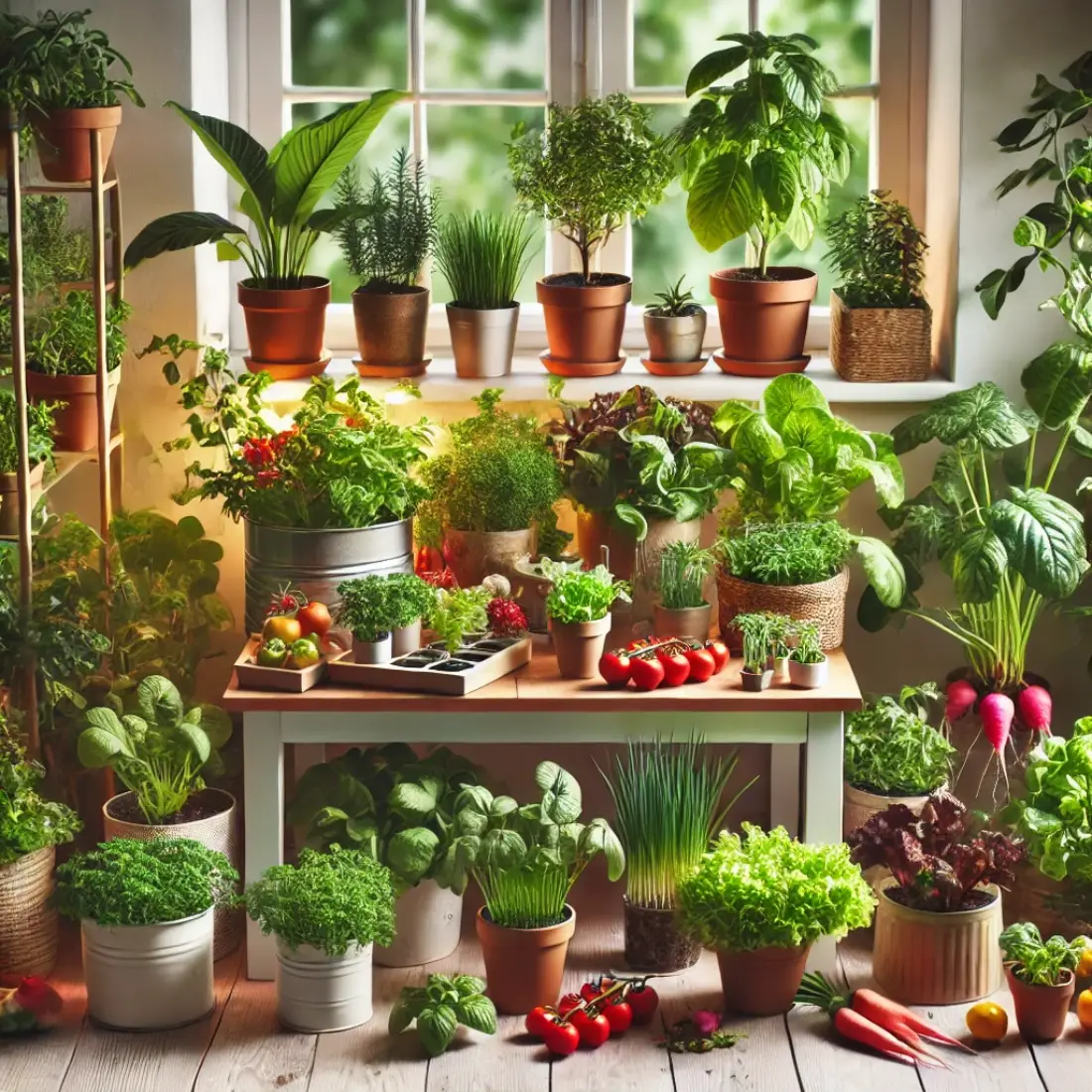
When choosing plants, consider the light and space available. Some plants require more light than others, so match your plant selection to the conditions in your home.
Setting Up Your Indoor Garden
Creating the right environment for your indoor garden is essential for plant health. Follow these steps to set up your garden:
- Finding the Ideal Location: Choose a spot that gets plenty of natural light. South-facing windows are ideal, but east or west-facing windows can also work.
- Setting Up Shelves or Plant Stands: Utilize vertical space by using shelves or plant stands. This not only maximizes space but also ensures each plant gets adequate light.
- Ensuring Proper Ventilation: Good air circulation is vital to prevent mold and pests. Place a small fan nearby to keep the air moving.
Soil and Composting Basics
The quality of your soil is fundamental to organic gardening. Here’s what you need to know:
- Importance of Soil Quality: Healthy soil is rich in organic matter and beneficial microbes. It provides the necessary nutrients for plant growth.
- Making Your Own Compost: Composting kitchen scraps and garden waste is a great way to create nutrient-rich soil. Composting indoors can be done using a worm bin or a bokashi system.
- Organic Soil Amendments: Enhance your soil with natural amendments like bone meal, blood meal, and kelp meal. These add essential nutrients and improve soil structure.
Watering Techniques for Indoor Plants
Proper watering is crucial for the health of your plants. Follow these guidelines:
- Proper Watering Schedule: Water your plants when the top inch of soil feels dry. Overwatering can lead to root rot, while underwatering can stress the plants.
- Avoiding Overwatering and Underwatering: Use pots with drainage holes and place saucers underneath to catch excess water. Check soil moisture regularly.
- Methods of Watering: Consider bottom watering by placing pots in a tray of water, allowing the soil to absorb moisture from the bottom up. Misting is also helpful for humidity-loving plants.
Organic Pest Control Methods
Indoor gardens are not immune to pests, but organic methods can keep them at bay:
- Common Indoor Pests: Aphids, spider mites, and fungus gnats are common indoor pests. Inspect plants regularly for signs of infestation.
- Natural Pest Control Solutions: Use neem oil, insecticidal soap, and diatomaceous earth to control pests. Introducing beneficial insects like ladybugs can also help.
Lighting Solutions for Indoor Plants
Light is one of the most critical factors for plant growth. Here’s how to ensure your plants get enough light:
- Importance of Light: Plants need light for photosynthesis, which is crucial for growth and health.
- Types of Grow Lights: LED grow lights are energy-efficient and provide the full spectrum of light needed for plant growth. Fluorescent lights are also a good option for smaller spaces.
- Setting Up and Using Grow Lights Effectively: Position the lights 6-12 inches above the plants and adjust as they grow. Keep the lights on for 12-16 hours a day.
Fertilizing Your Indoor Garden Organically
Fertilizing is essential to provide nutrients that plants need to thrive:
- Types of Organic Fertilizers: Use compost, worm castings, and liquid fertilizers like fish emulsion or seaweed extract.
- When and How to Fertilize: Fertilize every 2-4 weeks, depending on the plant’s growth stage. Follow the instructions on the fertilizer package for the correct application rate.
- Avoiding Over-Fertilization: Too much fertilizer can harm plants. Observe your plants for signs of nutrient deficiency or excess.
Pruning and Harvesting Techniques
Proper pruning and harvesting ensure continuous growth and productivity:
- Proper Pruning Methods: Regularly prune dead or yellowing leaves and trim back leggy growth to encourage bushier plants.
- Timing Your Harvest: Harvest herbs and leafy greens when they are young and tender. For fruits and root vegetables, follow the specific harvest time for each plant.
- Tips for Maximizing Yield: Pinch off flowers of herbs to prevent them from going to seed and to promote more leaf growth.
Troubleshooting Common Issues
Indoor gardening can come with its own set of challenges. Here’s how to address common problems:
- Yellowing Leaves: This can be due to overwatering, nutrient deficiency, or poor light. Adjust your care routine accordingly.
- Slow Growth: Ensure your plants have adequate light, nutrients, and proper watering. Sometimes, repotting to a larger container can help.
- Other Common Problems: Watch for pests, mold, and mildew. Ensure good air circulation and use organic pest control methods as needed.
By following these organic indoor gardening methods for beginners, you can create a thriving indoor garden that provides fresh, healthy produce year-round. Whether you’re growing herbs, vegetables, or fruits, these tips will help you achieve success and enjoy the numerous benefits of organic gardening.
FAQs about Organic Indoor Gardening
What are the best indoor plants for beginners?
The best indoor plants for beginners include herbs like basil, parsley, and mint; leafy greens like lettuce, spinach, and kale; small fruits like cherry tomatoes and strawberries; and root vegetables like radishes and carrots. These plants are relatively easy to grow and require minimal maintenance.
How often should I water my indoor plants?
Watering frequency depends on the plant type and indoor conditions. Generally, water your plants when the top inch of soil feels dry. Overwatering can lead to root rot, while underwatering can stress the plants. Monitoring soil moisture and adjusting your watering schedule accordingly is essential.
Can I grow vegetables indoors year-round?
Yes, you can grow vegetables indoors year-round with the right conditions. Using grow lights to supplement natural light and maintaining consistent temperature and humidity levels can help ensure your indoor garden thrives throughout the year.
How do I ensure my indoor plants get enough light?
To ensure your indoor plants get enough light, place them near south-facing windows or use grow lights. LED grow lights are energy-efficient and provide the full spectrum of light needed for plant growth. Keep the lights on for 12-16 hours a day and adjust their height as the plants grow.
What are some organic pest control methods for indoor gardens?
Organic pest control methods include using neem oil, insecticidal soap, and diatomaceous earth. Introducing beneficial insects like ladybugs can also help control pests. Regularly inspect your plants for signs of infestation and take action promptly.
What type of soil should I use for my indoor garden?
Use high-quality organic potting soil for your indoor garden. This soil is rich in organic matter and beneficial microbes, providing essential nutrients for plant growth. You can also enhance your soil with natural amendments like compost, worm castings, and bone meal.
How can I make my own compost indoors?
You can make compost indoors using a worm bin or a bokashi system. These methods allow you to compost kitchen scraps and garden waste efficiently. Worm composting, or vermiculture, uses worms to break down organic matter, while bokashi composting uses beneficial microbes.
How do I prevent over-fertilization in my indoor garden?
To prevent over-fertilization, use organic fertilizers like compost, worm castings, and liquid fertilizers according to the recommended application rates. Fertilize every 2-4 weeks, depending on the plant’s growth stage. Observe your plants for signs of nutrient deficiency or excess and adjust accordingly.
What should I do if my indoor plants have yellowing leaves?
Yellowing leaves can be caused by overwatering, nutrient deficiency, or poor light. Check your watering schedule, ensure your plants are getting enough light, and provide appropriate nutrients. Adjust your care routine based on the specific needs of each plant.
Can I grow root vegetables indoors?
Yes, you can grow root vegetables indoors. Radishes and carrots are great options. Use deep pots to accommodate their root systems and ensure they receive adequate light and nutrients. Regularly check soil moisture and provide consistent care for the best results.

